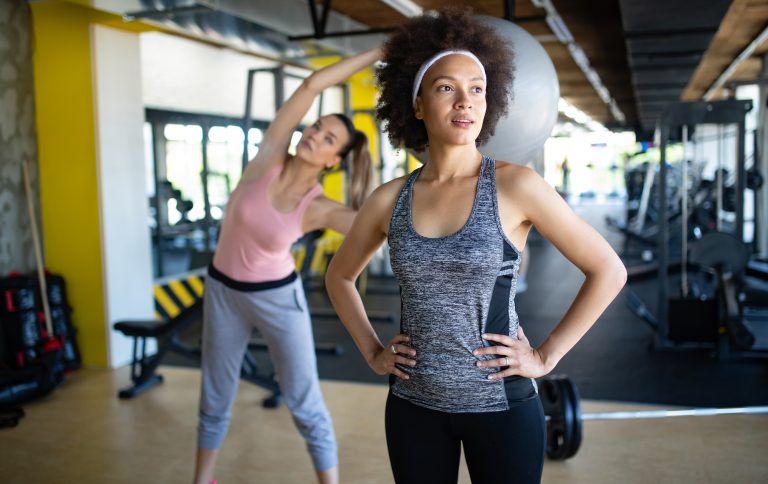We’ve all heard about, and maybe even included the lunge in our workout routine. When it comes to exercise, form is important for avoiding injury and targeting intended muscles. Before you do another lunge, be sure you’ve got the right moves. Here’s what you need to know.
What is a lunge?
The lunge is a lower body exercise. The muscles involved include your:
· Hamstrings
· Glutes
· Quads
Other muscles are involved and act as stabilizers. These include the calves, back and abs. To do a lunge stand with your spine straight and shoulders back. Your chin should be up – stare at an object in front of you so you aren’t tempted to keep looking down. Always engage your core.

Step forward with one leg, lowering your hips until both knees are bent at about a 90-degree angle. Bring feet together. Step forward with the opposite foot. Continue for desired number of reps.
1. Focus on form
Harvard Health Publications offers the following tips for the best lunge:
· Knee of the forward leg is aligned with the ankle.
· Heel of the rear leg is lifted off the floor.
· Back knee bends enough to form a straight line from shoulder to hip to knee.
· Back is neutral, and chin is parallel to the floor
· Shoulders and hips are even.
· Abdominal muscles are pulled in.
2. Step smaller
Although lunges are a great lower body exercise many people avoid them because of concerns about knee pain or strain. If your knees give you grief with lunges, consider a smaller step until you build more muscle strength.
3. Add weight
Once you have mastered the form, add to the challenge. Grab some weights and do a bicep curl so you give your upper body some love, too. Alternatively, you can handle a barbell on the back of your shoulder as you lunge.
4. Mix it up
Add some reverse lunges, side lunges or walking forward lunges. All of these improve agility and balance while upping the challenge ante. The more things you ask your body to do, the more ways you find to challenge it, the more it will be able to do. Enjoy feeling strong.
Lunges are a terrific way to improve lower body strength and tone. Be sure to use correct form to avoid injury and target the intended muscles. When you have mastered the form, add to the challenge for ongoing interest and better balance. Lunges improve functional fitness and give you a booty lift to boot.


